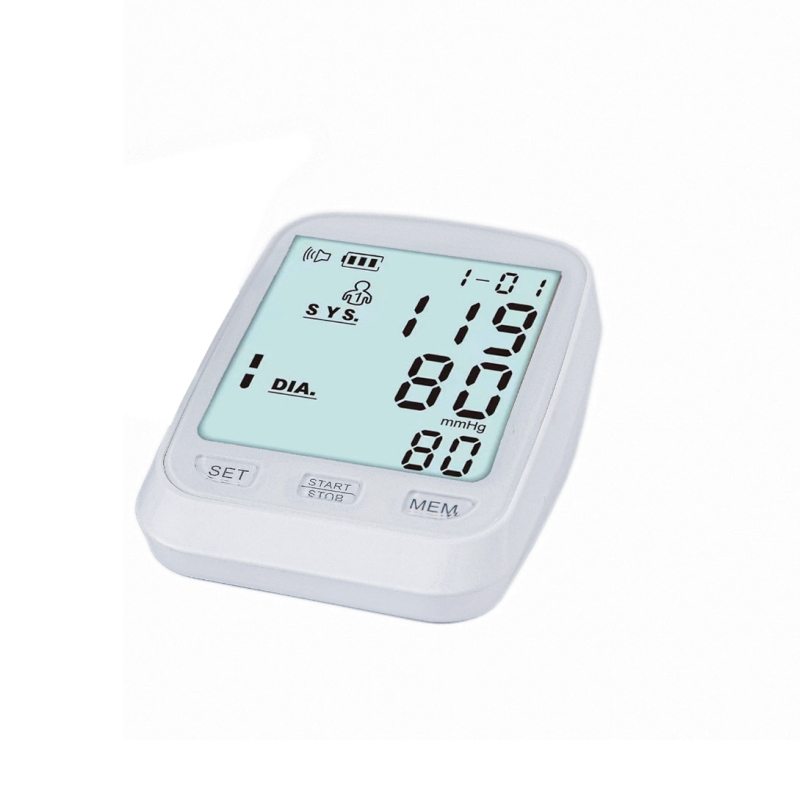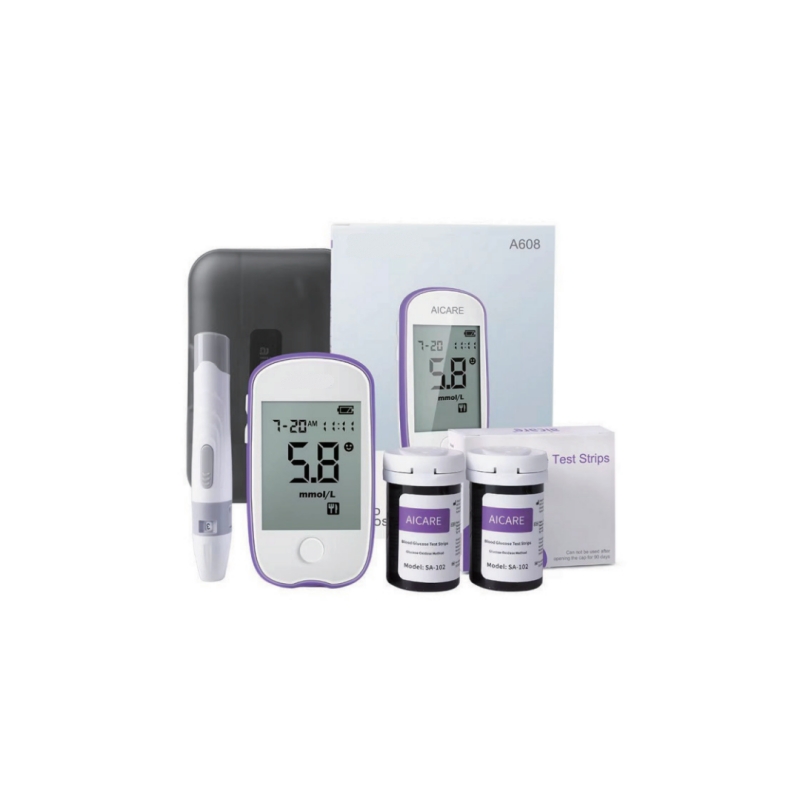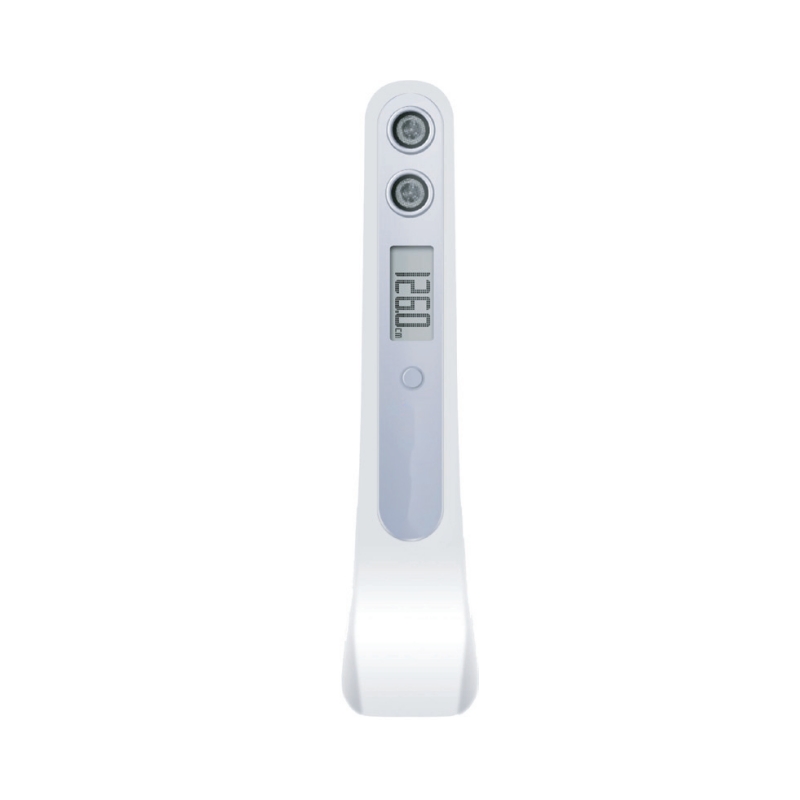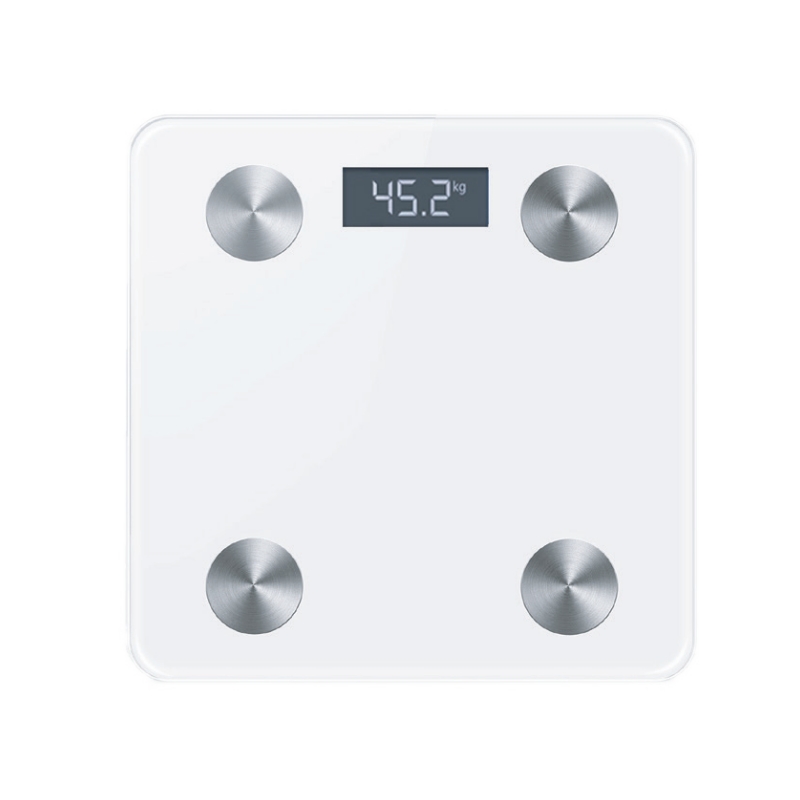An Article Tells You How to Choose an Electric Wheelchair
An Article Tells You How to Choose an Electric Wheelchair
"The battery died just a few months after purchase," "It almost tipped over backward on a small slope," "It flipped over when turning too quickly..."... These are common issues reported by electric wheelchair users.
With the vast array of electric wheelchair brands and varied features on the market in 2025, and prices ranging from thousands to tens of thousands, many consumers find it challenging to make the right choice.
Don't worry. As an industry insider with 10 years of experience who has tested over 6,000 electric wheelchairs, I'm sharing 4 key suggestions for choosing one. Follow these tips to buy a wheelchair that is both safe and cost-effective.
4 Key Suggestions for Choosing an Electric Wheelchair
1. Anti-Tip is a Non-Negotiable Priority
Why put anti-tip first? Because safety is always paramount. Data shows that as of August 2025, 69.8% of electric wheelchair accidents were caused by inadequate anti-tip design.
Examples include: tipping over when turning without slowing down, losing control when going downhill due to lack of speed control, short anti-tip wheels causing backward flips on slopes, or brake failure leading to rolling away.
Therefore, if an electric wheelchair has poor anti-tip features, no matter how many functions it has or how attractive the price is, do not choose it!
How to assess anti-tip effectiveness? Focus on 3 aspects:
Anti-Tip Technology: Does it have intelligent anti-tip systems (e.g., automatic speed reduction on curves, gradual descent on steep slopes)?
Structural Design: Are the anti-tip wheels long enough? Is the chassis low and stable?
Braking System: Is it responsive and reliable? Does it hold securely on slopes without rolling?
These might not be obvious online. It's best to try a test drive at a physical store if possible. If there are no stores nearby, ask current owners or check user reviews thoroughly.
2. Identify the User's Specific Needs
The most expensive wheelchair isn't necessarily the best; the most suitable one is. Consider:
Usage Environment: Primarily indoors or outdoors?
Range of Activity: Determines the battery range needed.
User's Physical Condition: Does the user need a reclining function? What type of armrests are suitable?
Weight & Folding Convenience: Will it need frequent transport (e.g., in a car)?
Seat Comfort: Crucial for long periods of sitting.
3. Set a Clear Budget
Electric wheelchair prices vary greatly. Setting a budget helps narrow down options quickly. General categories:
Entry-Level: $2,000 - $4,000 USD
Mid-Range: $4,000 - $8,000 USD
High-End: $8,000+ USD
Avoid extremely low-priced models (under $2,000 USD), as they often compromise on critical components like the battery, motor, or frame, potentially posing safety risks.
4. For Seniors, Always Choose Electromagnetic Brakes
Electromagnetic brakes engage automatically when power is cut off. This means the chair stops as soon as the user lets go of the controls, enhancing safety. This is particularly important for seniors who might have difficulty with manual braking. Traditional handbrakes might require two-handed operation in an emergency, a risk eliminated by electromagnetic brakes.


 English
English Spanish
Spanish Turkish
Turkish














